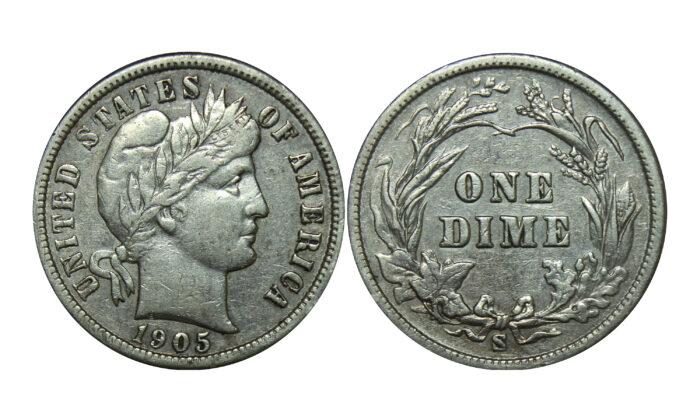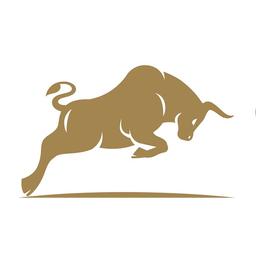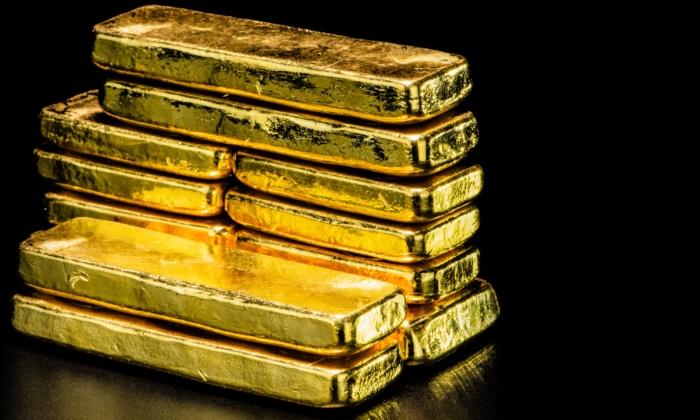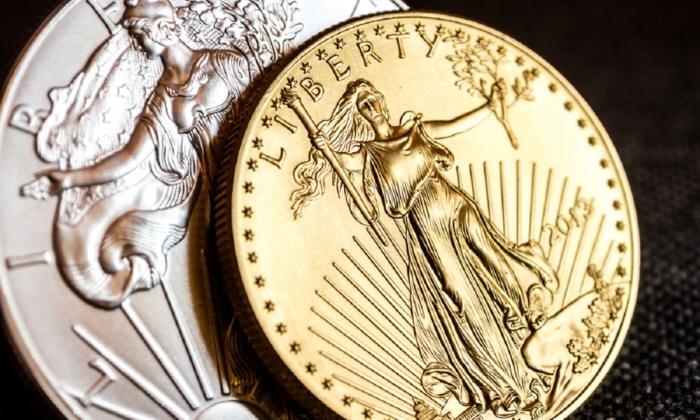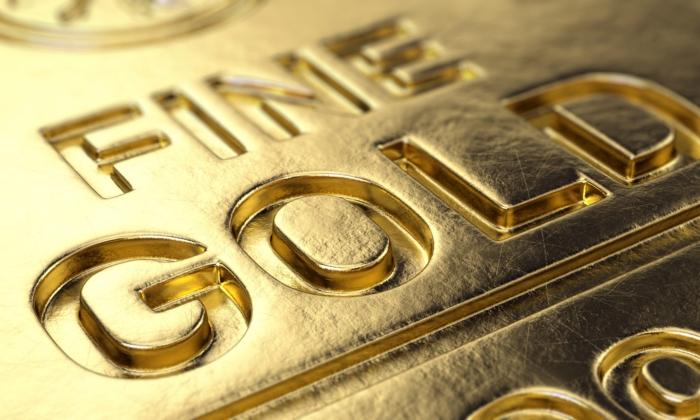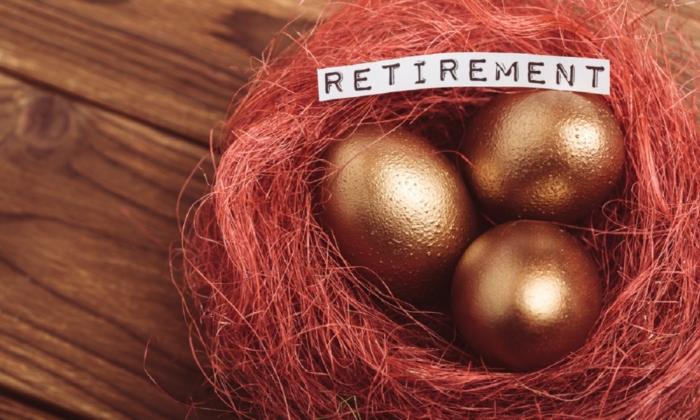What Is Coin Mintage?
Minting is the process of printing and distributing certified coins into circulation. However, “mintage” refers to the total number of pieces an authorized coin manufacturer (i.e., mint) produces.What Do Collectors Consider a Low-Mintage Coin?
Classifying coins as “low-mintage” can be tricky. Several factors, such as the date of production, quality of proof, and surface design, help numismatists determine the scarcity of a piece.Take the Lincoln cent as an example. The Lincoln penny is one of the longest-running pieces of currency in U.S. history. The highest mintage for this coin was the 1944 Lincoln cent, and nearly 1.5 billion pieces entered circulation that year. These coins are not worth as much to rare coin enthusiasts since so many are on the market.
Finding the Lowest Mintage: Popular US Coins
U.S. coins minted between 1796 and 1964 are some of the most popular among collectors. Getting your hands on any of these key-date coins can be exciting. However, due to the rarity of some pieces, it can be challenging to find them at traditional pawn shops or stores.Draped Bust Dime (1796)
Just over 22,000 of the original 1796 silver dimes exist. This coin’s history dates back to when the U.S. Mint first began printing silver dimes. The front displays the figure of Lady Liberty and the American Bald Eagle sits proudly on the reverse side.Capped Bust Dime (1809)
Like the Draped Bust dime, the Capped Bust dime depicts Lady Liberty on the front and the Bald Eagle on the reverse.Nearly 51,000 of these dimes entered circulation during the first year of production.
Seated Liberty Dime (1837)
Unlike mintages from the earlier period, the Seated Liberty dime remained in general circulation for over five decades. Still, this coin’s longevity is not its most impressive quality. With a weight denomination of just over 2.5 grams of 90 percent silver, this coin contained one of the highest purities of its time.Barber Dimes (1892)
Barber dimes entered production shortly after the discontinuation of the Seated Liberty mint. These 90 percent silver coins depict the face of Lady Liberty adorned with a laurel wreath. The reverse side also contains a wreath encompassing the words “ONE DIME.”Although this coin’s production was short-lived, it’s not hard to find most Barber dimes printed between 1892 and 1913. Minting facilities produced millions of these pieces between 1893 and 1895.
Mercury Dimes (1916)
The Mercury dime is one of U.S. history’s most popular silver coins. With a weight denomination of 2.5 grams, many people sell this dime for its precious metal contents.How to Check the Mintage of a Coin
If you are new to coin collecting, finding the accurate mintage for your money isn’t as simple as looking at dates or proof quality.How to Buy a Low-Mintage Coin
Some low-mintage U.S. coins contain high-grade gold and silver, making them desirable to investors.In the past, collectors sold these rare objects exclusively in brick-and-mortar stores, like pawn shops. Today, you can find many of these certified pieces online through reputable dealers.
Does the Mintage Affect Coin Value?
Yes, mintages affect the overall value of the coin. A minted gold or silver coin can be worth hundreds or even thousands of dollars, depending on its purity grade and date of production.How Do Reverse Proof Details Impact Value?
Most gold, silver, and copper coins include polished-proof metal. Some reverse-proof coins have a lower mintage and are worth more than their conventional counterparts.Generally, the surface of a reverse-proof coin appears frosty or mirrored. Figures on reverse proof money are also shiner than standard pieces.
Is Investing in Low-Mintage US Coins Worth It?
Pieces with high gold or silver content may be worth investing in a precious metals IRA. However, speak to a financial advisor before making any significant commitments. Not every coin sold online meets the minimum fineness requirements to qualify for these accounts.Still, minted gold and silver currency are tangible assets that retain much of their value during economic downturns. A dealer can help you learn all the benefits of reinforcing your investment portfolio with these products.
